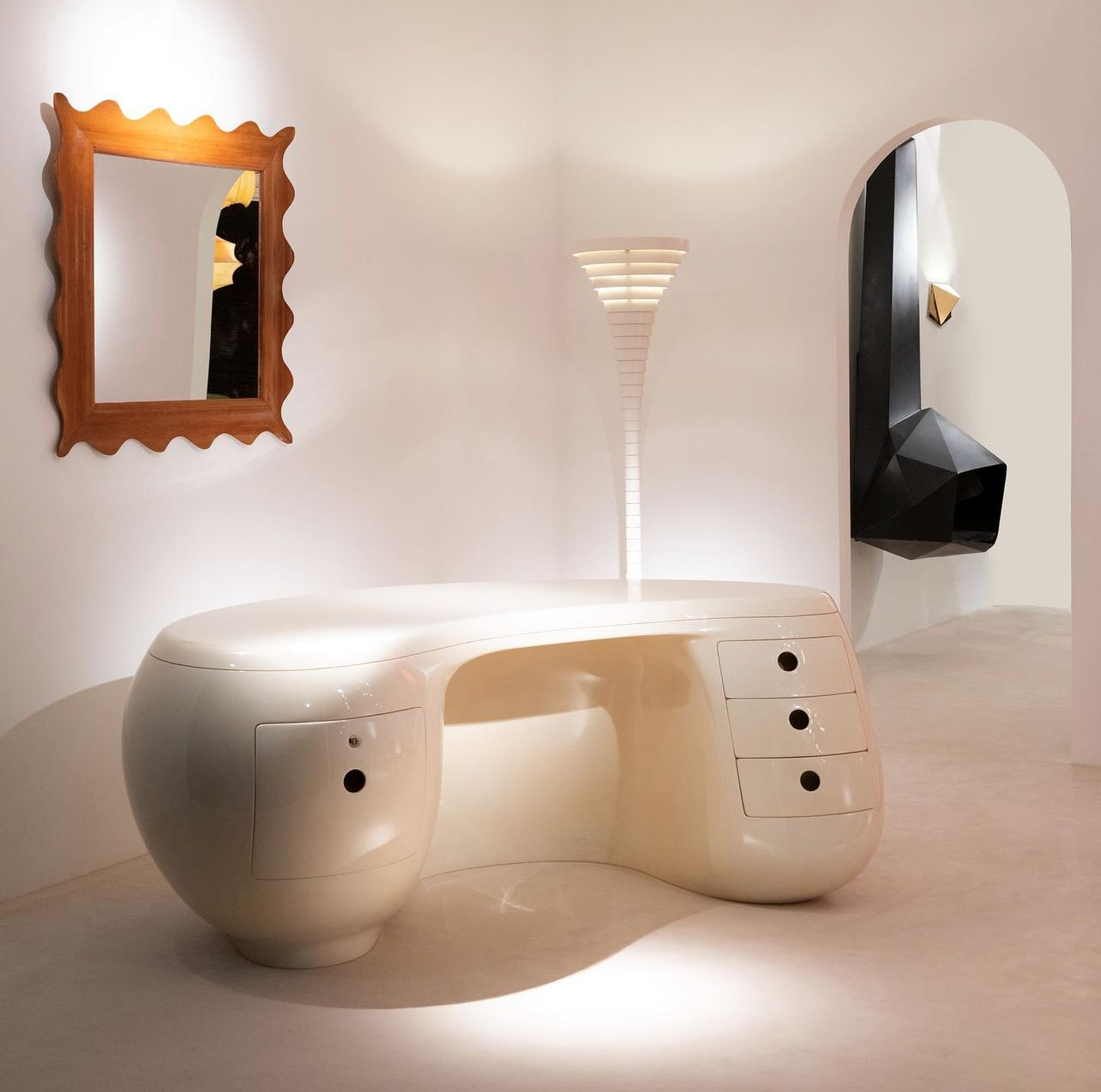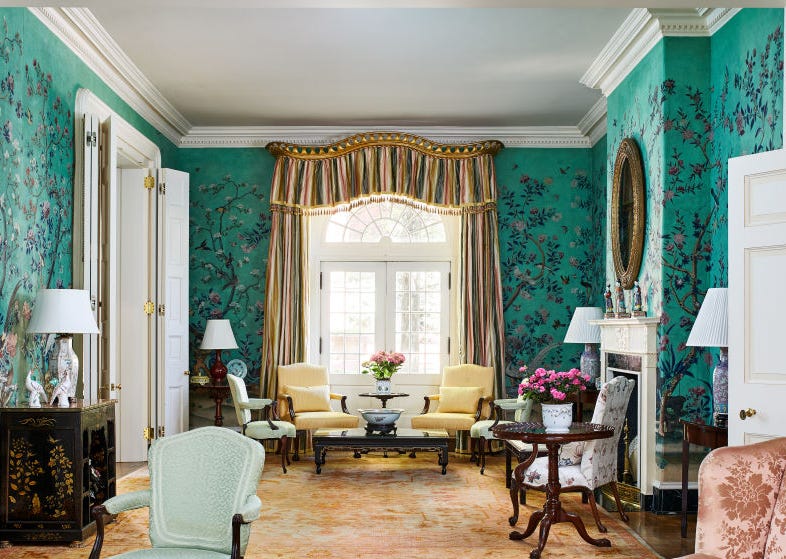New York City’s cultural landscape is about to be reshaped. Lincoln Center for the Performing Arts just unveiled an ambitious redesign for the Amsterdam Avenue side of its legendary campus. The $335 million project, which has already secured 65% of its funding, will dramatically open up the complex’s western edge by removing the long-standing wall that separated the performing arts center from its neighboring communities.
The transformation, designed by a powerhouse team including Hood Design Studio, WEISS/MANFREDI, and Moody Nolan, will create a welcoming entrance along Amsterdam Avenue, establish vibrant community park spaces, and introduce a world-class outdoor performance venue. Construction is expected to begin in spring 2026, with completion slated for spring 2028.
The redesign represents a turning point for Lincoln Center, addressing what architectural scholar Paul Goldberger describes as “one of the great failures of Lincoln Center, the cold shoulder it turns toward its neighbors to the west,” noted a statement from the Center. By replacing the uninviting wall with a series of welcoming transition spaces, the project aims to create a more inclusive environment that better serves both artists and audiences. “More remarkable still, the design does not compromise Lincoln Center’s original architecture, but reinforces it,” Goldberger notes.
For residents of nearby NYCHA housing developments, the removal of the wall isn’t taken lightly. «For far too long, the dividing wall has been residents of Amsterdam Houses’ primary view of Lincoln Center, and its removal serves as a powerful symbol of the institution’s commitment to breaking down barriers within our community,» said Yvette Powell, Tenant Association President of Amsterdam Houses in a statement.
The design incorporates extensive feedback gathered by engaging thousands of New Yorkers through surveys, workshops, and focus groups. Community members expressed a desire for welcoming spaces that prioritize greenery, shade, and accessibility for all ages. In total, Lincoln Center received feedback through more than 6,200 interactions with individuals, including over 3,500 survey responses, over 20 pop-up events reaching over 1,000 people, and multiple community workshops and focus groups. Materials were translated into Spanish and Simplified Chinese, with interpreters available during workshops to ensure broad accessibility.
“We are grateful to the thousands of New Yorkers who have shared their voices as part of this process and are proud to be moving forward with this vibrant design that adds so much for our great city,” said Steven R. Swartz, Chair of the Board of Directors of Lincoln Center for the Performing Arts, in a statement.
Key features of the redesign include sidewalk improvements with enhanced bus waiting areas, gardens at the new entrance to Damrosch Park, and a community park centered around a water feature and expansive lawn. The new performance venue will include a permanent theater structure and an open plaza capable of seating approximately 2,000 people.
The transformation will increase greenery, adding 50% more trees than currently exist in the park, create shaded groves for gathering and relaxation, and incorporate climate-responsive elements such as on-site stormwater management.
The project has received substantial financial backing, including a $10 million commitment from the State of New York, a $75 million grant from the Stavros Niarchos Foundation (SNF), and a lead gift from The Starr Foundation. Andreas Dracopoulos, Co-President of SNF, noted that the initiative aligns with Lincoln Center’s “perpetual effort to embrace and welcome the community at large.”
With this bold reimagining of its western edge, Lincoln Center is redefining its relationship with the surrounding community—creating a more accessible, inclusive, and vibrant cultural destination for all New Yorkers.

Julia Cancilla is the engagement editor (and resident witch) at ELLE Decor, where she manages the brand’s social media presence and covers trends, lifestyle, and culture in the design world. Julia built her background at Inked magazine, where she grew their social media audiences by two million, conducted interviews with A-list celebrities, and penned feature articles focusing on pop culture, art and lifestyle. Over her five years of digital media experience, Julia has written about numerous topics, from fashion to astrology.





